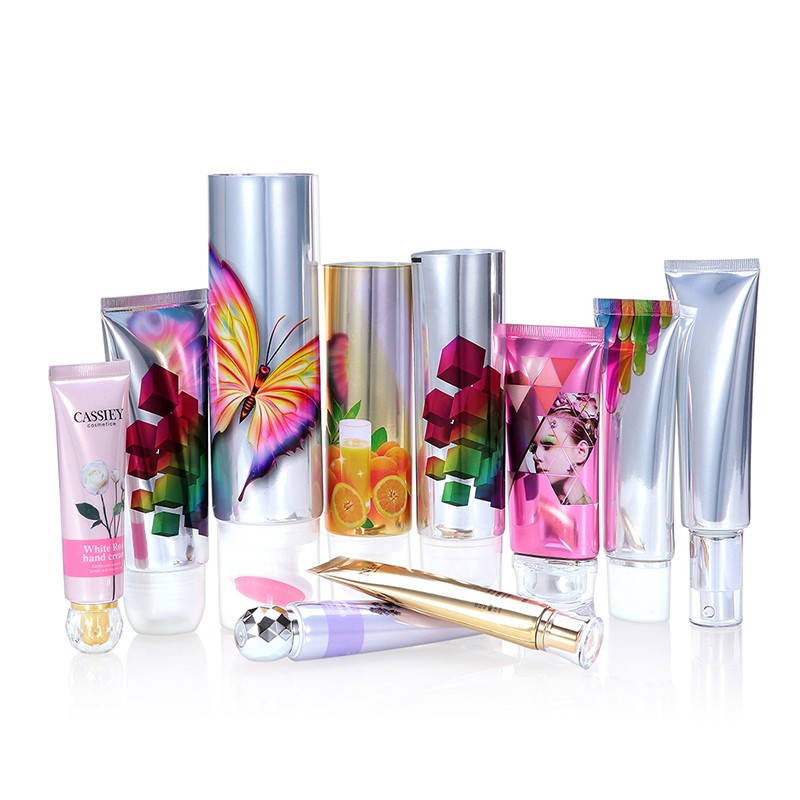The laminated tube is a new hybrid tube manufactured through extrusion molding.
It consists of five layers: polyethylene – hot glue- aluminum – hot glue – polyethylene.
It possesses excellent mechanical properties, corrosion resistance, aging resistance, temperature resistance, and hygiene properties. The self-life of an aluminum-layer plastic tube can reach up to 50 years.
What we should pay attention to when using the laminated tube:
One of the purposes of laminated tube is to protect products during transportation and facilitate storage and handling. Therefore, hybrid flexible tubes must also possess a certain level of mechanical strength. The primary indicator for testing the mechanical strength of a plastic soft tube is the burst strength. The tubes should meet the condition of not rupturing under 0.2 MPa pressure for 30 seconds.
When selecting the options of various flexible tubes, consideration should be given to the characteristics of the packaged product.
It’s essential to pay attention to the following points about laminated tubes:
Hygienic performance: Depending on their intended use, hybrid flexible tubes must meet specific hygiene performance criteria. Key control indicators include residual evaporation, heavy metal content, and potassium permanganate consumption. For pharmaceutical tube packaging, microbial content also needs to be controlled. To meet these requirements, the raw materials must meet the specified criteria, and the production processes and environment must also meet certain standards.
Most cosmetics contain grease, and the unsaturated bonds in this grease are prone to oxidation, resulting in rancidity. This oxidative rancidity is called “acidification,” and oxygen is the primary factor causing cosmetics to undergo this process. The oxidation of unsaturated fats is a chain reaction, meaning that once a small portion begins to oxidize, it can lead to the complete spoilage of the grease. Oxidation products such as acids and aldehydes can irritate the skin, causing dermatitis. They can also lead to color changes and the release of rancid odors in the product, thus compromising its quality. Therefore, in the production, storage, and use of cosmetics, every effort should be made to prevent the occurrence of grease rancidity.


